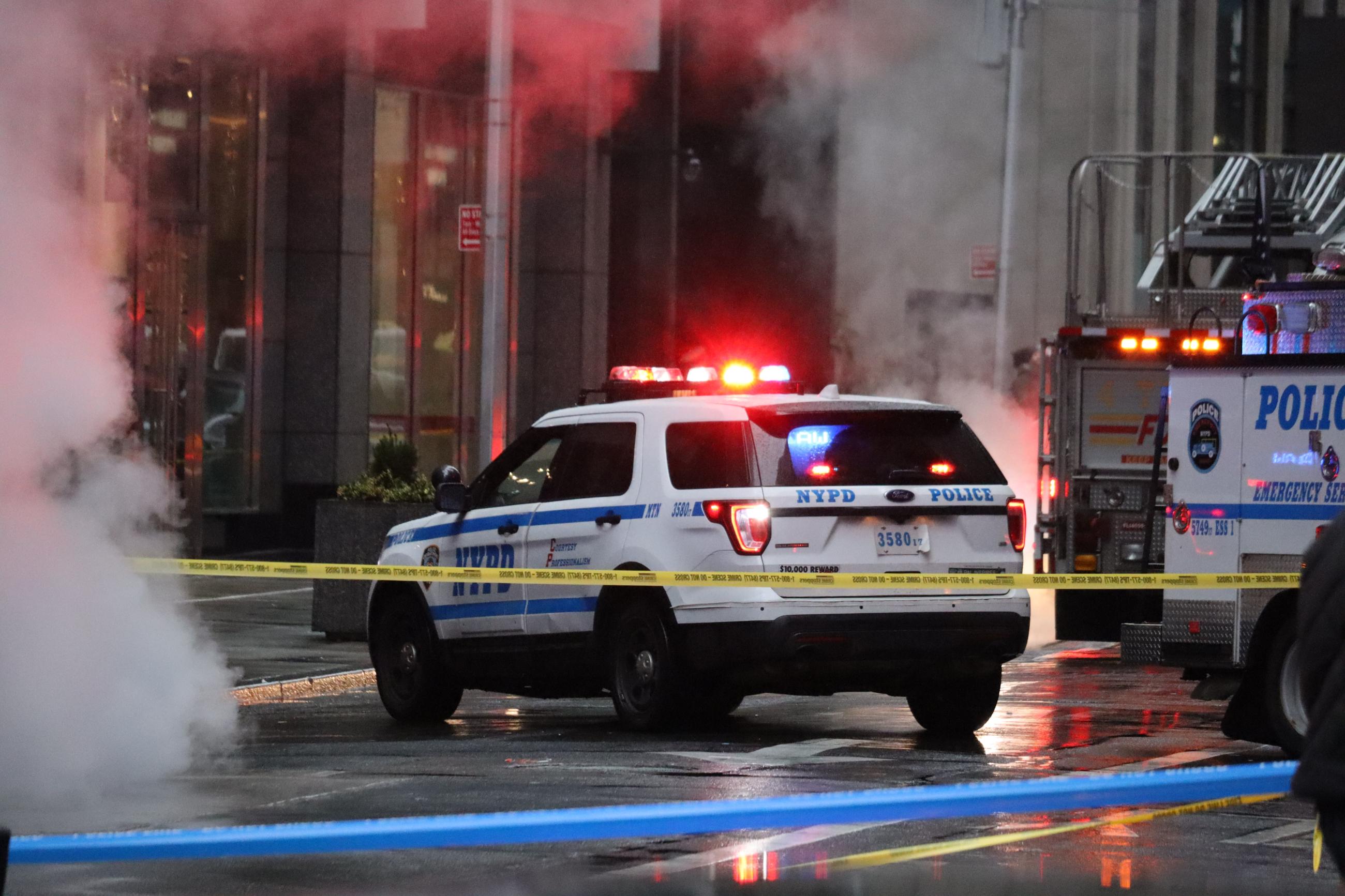Gaping Holes in FBI Crime Stats Prompt Questions for NYC and L.A.
Policies fail when data are faulty.

Three of the most populous cities in the United States have had widely reported spikes in violent crime, but you would not know that from the most recent Federal Bureau of Investigation’s national report on crime.
Key data is missing for Los Angeles, New York, and San Francisco from the annual report, which did note the murder rate for 2021 had increased over the previous year. The press release announcing the report noted that the number of murders rose from 22,000 in 2020 to 22,900 in 2021, representing an increase of 4.3 percent. That followed a 29.4 percent increase in the murder rate in 2019.
“The robbery rate decreased 8.9% from 2020 to 2021, which heavily contributed to the decrease in overall violent crime despite increases in murder and rape rates at the national level. It is important to note that these estimated trends are not considered statistically significant by NIBRS estimation methods,” said the report.
“The nonsignificant nature of the observed trends is why, despite these described changes, the overall message is that crime remained consistent,” it added.
But according to the nonpartisan Brennan Center for Justice, citizens should take the new report with a grain of salt.
Noting that the FBI has long used two different methods to collect crime data, the Brennan Center said the Summary Reporting System (SRS), the older of the two, tends to “gloss over important nuances” by only counting the most serious offense of an incident, focusing on a limited number of types of crime, and failing to note details such as the number of people involved. Also, SRS applies a ‘hierarchy rule’ by only counting the most serious offense in a particular incident to determine which offenses were more serious than others.
The FBI also uses the National Incident Based Reporting System (NIBRS), which reports crime in greater detail than the Summary Reporting System while also covering additional types of crimes. NIBRS abandons the hierarchy rule, so that if a robbery victim is injured and later dies of injuries, for example, that murder and robbery would both be counted as would other details about both defenses, unlike the SRS.
On January 1, 2021, the FBI stopped accepting data through the Summary Reporting System. However, many local and state law enforcement agencies have yet to use NIBRS. As it is, they cover a little more than half of the national population in reporting to the FBI in 2021, according to a blog linked to the Brennan Center. Submitting crime data to the FBI is voluntary. However, the federal government gave millions in funding to law enforcement agencies to switch to NIBRS. Some agencies accepted the money, but have not yet made the switch.
San Francisco is still using the SRS and will not complete its transition to NIBRS until 2021. This means its data will be absent from FBI reporting until then. In New York State, 13 percent of law enforcement agencies provided a fully year of data to the FBI in 2021. This includes New York City. Los Angeles, the second biggest city in the nation, also failed to provide full statistics to the FBI. Additionally, the police department of Phoenix AZ reported but one month of data, while Chicago’s police department provided only just over six months of data. Florida is also missing data.
All told, 40 percent of the 18,818 law enforcement agencies in the country did not provide crime data to the FBI in 2021, representing an increase of 15 percent that did not report in the previous year.
Because of faulty data, the FBI can only offer estimates of national crime numbers. Therefore, the number of murders, for example, may be more or less than documented in the report.
The governors of California and New York are Democrats, as are the mayors of Chicago, Los Angeles, New York City, and San Francisco.
Michael Ehline, a veteran of the Marine Corps and California attorney who closely watches politics and violent crime, put the blame for faulty statistics squarely on politicians. Referring to California and New York, he said, “It comes as no surprise as both states, in particular their larger cities are single party democrat run. Both states have D representatives who pushed hard for the defund the police movement.
“Both states elected Soros funded prosecutors who believe in anti-white racism called ‘wokeism,’ which is a form of Marxism pushed by Communist Chinese infiltrators on U.S. campuses and Service Employees International Union-run public schools.”